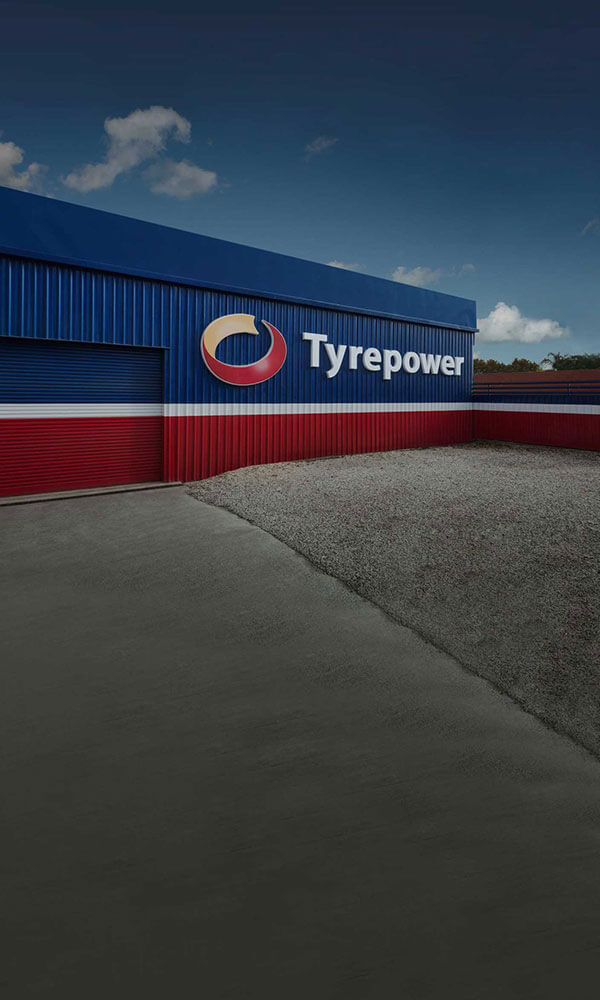Tyre Pressures

What Are My Tyre Pressures?
Your tyres were designed to hold a very specific amount of air for safety, durability and overall performance. Having too little or too much air in your tyres will result in premature wear or failure and ultimately risking the life of your passengers and other road users.
What is a good way to manage your tyre pressures?
- Tyre Pressure Gauge
- TPMS (Tyre Pressure Monitoring System)
- Regular visual inspections
- Regular tyre rotations (particularly important for larger tyres on a 4WD and SUV)
Tyre pressure gauges are cheap and easy to come by at any service station or large auto retailer. These devices are as small as a pen so you don’t need to worry about carrying a large gauge in the back of the car. Checking your tyre pressure periodically at the petrol station is a good starting point.
Always check your tyre pressures when they are cold. This will ensure a more accurate result. However, sometimes this is not possible and therefore, adding 2psi to your pressures will compensate for the extra heat associated with freshly driven tyres.
Tyres are considered cold when your vehicle has been parked for at least 3 hours, or the vehicle has travelled at a moderate speed for less than 1.6km.
The easiest way to manage your tyre pressures is to simply take a walk around your car and visually inspect your tyres. Things to look out for include, bulging and irregular tyre wear. This is usually caused by over and underinflated tyres. Over inflation will result in premature wear through the centre of your tyres and underinflation wears the outer sidewall of the tyre, usually from resting on the rim of your wheels..
Why have the correct tyre pressures?
Extend the life of your tyres.
Tyres can be expensive and usually the need for new tyres comes at a time when we are least expecting it and can’t afford them. One way to ensure the full length of tyre life recommended by the manufacturer is to keep them inflated at the correct pressures. Your pressures can be found either on the sidewall of your tyre, or on the vehicle placard. This is usually in the door jam of the car or in the engine bay.
Minimise the risk of tyre failure.
Under-inflated tyres can be hazardous. There is a greater possibility of rolling the tyre off the rim if under inflated. Keeping a pressure gauge handy in the car means you’ll be on top of your tyre pressures anywhere, anytime. Other risks include handling and braking issues. An under-inflated tyre will not be as responsive during cornering with longer braking distances.
Over-inflated tyres can also be a high risk. Not only will you wear the centre of your tyre much quicker, but your tyres will be extremely susceptible to a blow out. A blow out could be very dangerous especially while on the highway. Over-inflation will reduce the life of the tyre at a rate of 45% faster when 30% over inflated.
How can tyre pressure affect your fuel economy?
We all want to save a little money where we can, especially at the fuel pump! Keeping your tyres inflated to the correct pressures will no doubt save you money. Just a 9% drop in your vehicle’s tyre pressures will mean an increase of fuel consumption by up to 5%. A regular check at the pump when you are filling up will mean you are driving at the recommended pressures.
Here are a couple of helpful links to help you get the most out of your tyres.
Tread Depth
When Was The Last Time You Checked Your Car's Tread Depth?
Fuel Efficient driving
With over 270 Tyrepower stores nationwide, our stores are equipped with the latest in tyre fitting and risk assessment equipment. Like always, if you are unsure of how to read a pressure gauge or don’t have the confidence to inspect your tyres for wear and tear, call into your local Tyrepower Store using our store locator here, or simply call (03) 9431 1195 and talk to the professionals.


